When autocomplete results are available use up and down arrows to review and enter to select.
Find out what's happening in communities across America, from grassroots advocacy efforts, to fintech innovations and everyday successes of Main Street banks.

By Noah Yosif
As our nation enters 2021, household economic security seems to be top of mind for policymakers and their communities. Economic security rapidly evaporated for many households in 2020 as the coronavirus imposed an indelible mark on our nation’s economy. While the consequences were unprecedented, qualitative and quantitative data continue to affirm the vitality of community banks in averting even worse economic outcomes.
Among their contributions, community banks accepted over $342 billion in new deposits, including stimulus payments, and provided nearly 60 percent of Paycheck Protection Program loans to small businesses. Their adaptability and endurance will be even more vital to facilitating a comprehensive financial recovery from the coronavirus pandemic and to providing renewed economic security to the vast majority of struggling American households.
This mandate is almost certainly easier said than done. Community banks continue to face an amalgam of credit and market risks, including borrower defaults within various asset classes, sustained pressure on net interest margins, and long-term economic scarring requiring additional support for their local constituencies.
Nevertheless, the third-quarter FDIC Quarterly Banking Profile indicates that community banks are well-positioned to mitigate these risks. Specifically, community banks experienced lower-than-average losses within several high-risk loan products, maintained robust capitalization levels able to weather significant aftershocks, and actively managed shrinking net interest margins to preserve their profitability.
These statistics and analyses suggest community banks have implemented appropriate measures to safeguard against ongoing financial risks, which will enable them to continue servicing their constituencies from a position of strength.
Since the start of the coronavirus pandemic, certain products within community banks’ loan portfolios were disproportionately exposed to increased credit risks, such as:
Figure 1 examines the percentage of noncurrent loans (NCLs) and net charge-offs (NCOs) held by different bank peer groups as a percentage of their net loans and leases. NCLs and NCOs among each of these products comprised no more than 2 percent of net loans and leases held by community banks under $1 billion in assets. While consumer loans and agricultural loans comprised the bulk of NCLs and NCOs among all peer groups, their effects were particularly acute among large banks above $10 billion in assets, rising by 3 percent each.
These datapoints suggest that community banks are maintaining adequate levels of risk among their net loans and leases, a welcome indicator of the industry’s overall safety and soundness.
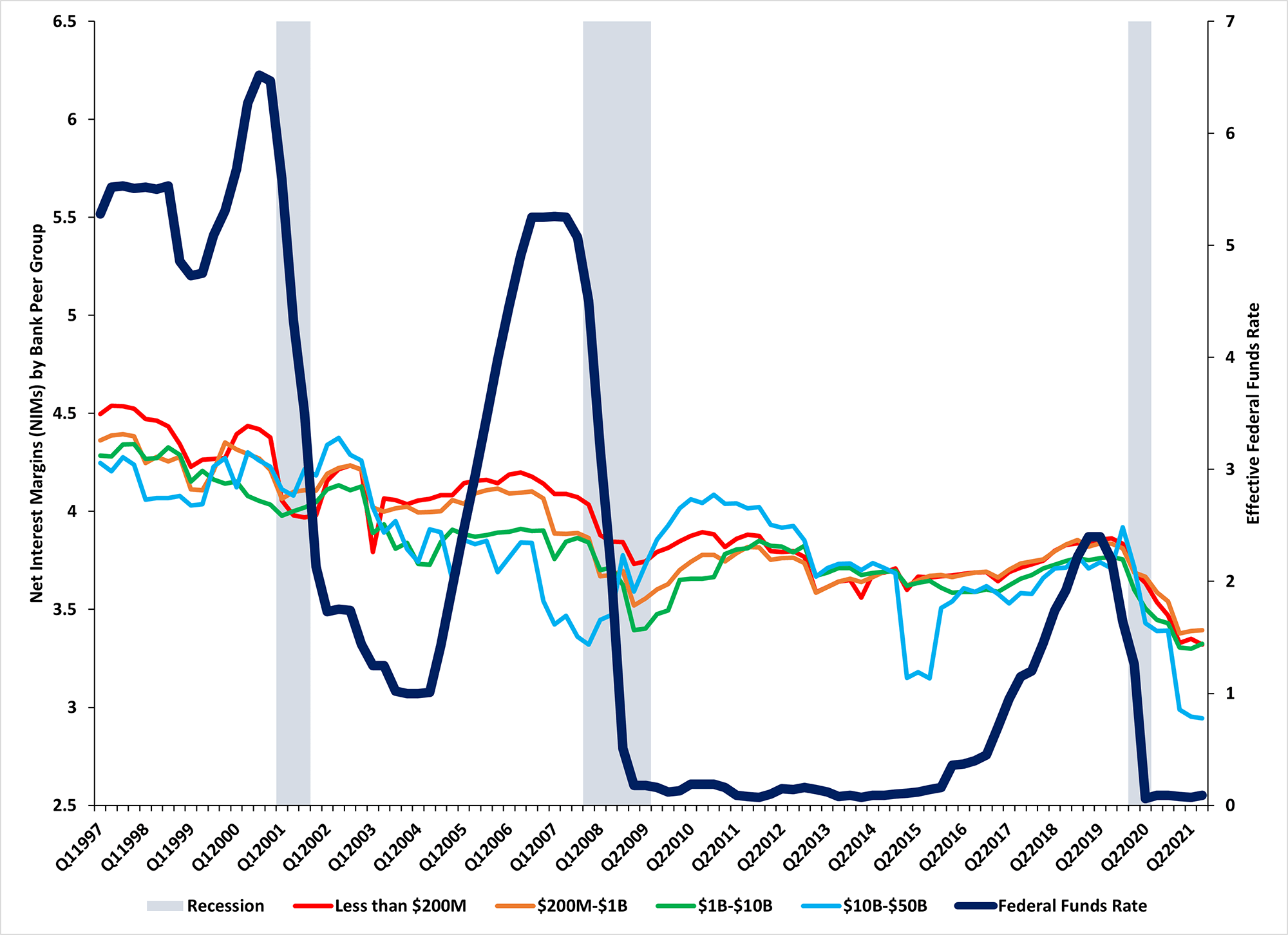
Figure 1: Nonperforming Loans as a Percentage of Net Loans and Leases Among Various Bank Peer Groups (source: Federal Deposit Insurance Corporation)
Community banks also displayed robust capitalization levels indicative of their resiliency amid tightened credit conditions. To examine their sensitivity to additional financial shocks, we calculated the percentage of capital losses banks could potentially sustain while remaining well-capitalized.
Figure 2 shows the distribution of additional capital losses that could be endured by banks within different peer groups. Community banks under $10 billion in assets exhibited a higher tolerance for potential capital losses than larger banks. On average, the first quartile of community banks with the smallest capital cushion could still weather a 5 percent increase in additional losses and still remain well-capitalized compared to 3 percent among the first quartile of large banks.
Therefore, our estimates suggest community banks retain a decreased sensitivity to additional financial shocks. Further, the prospect of such occurrences at an industry-wide level remains unlikely in the long term, due to an expected acceleration in coronavirus vaccinations and the promise of additional economic relief by the new Biden administration.
However, given the varied impact of the coronavirus pandemic on individuals and industries, the likelihood that community banks will experience additional, local-level financial shocks depends on market conditions reflecting the economic health of the constituencies they serve.
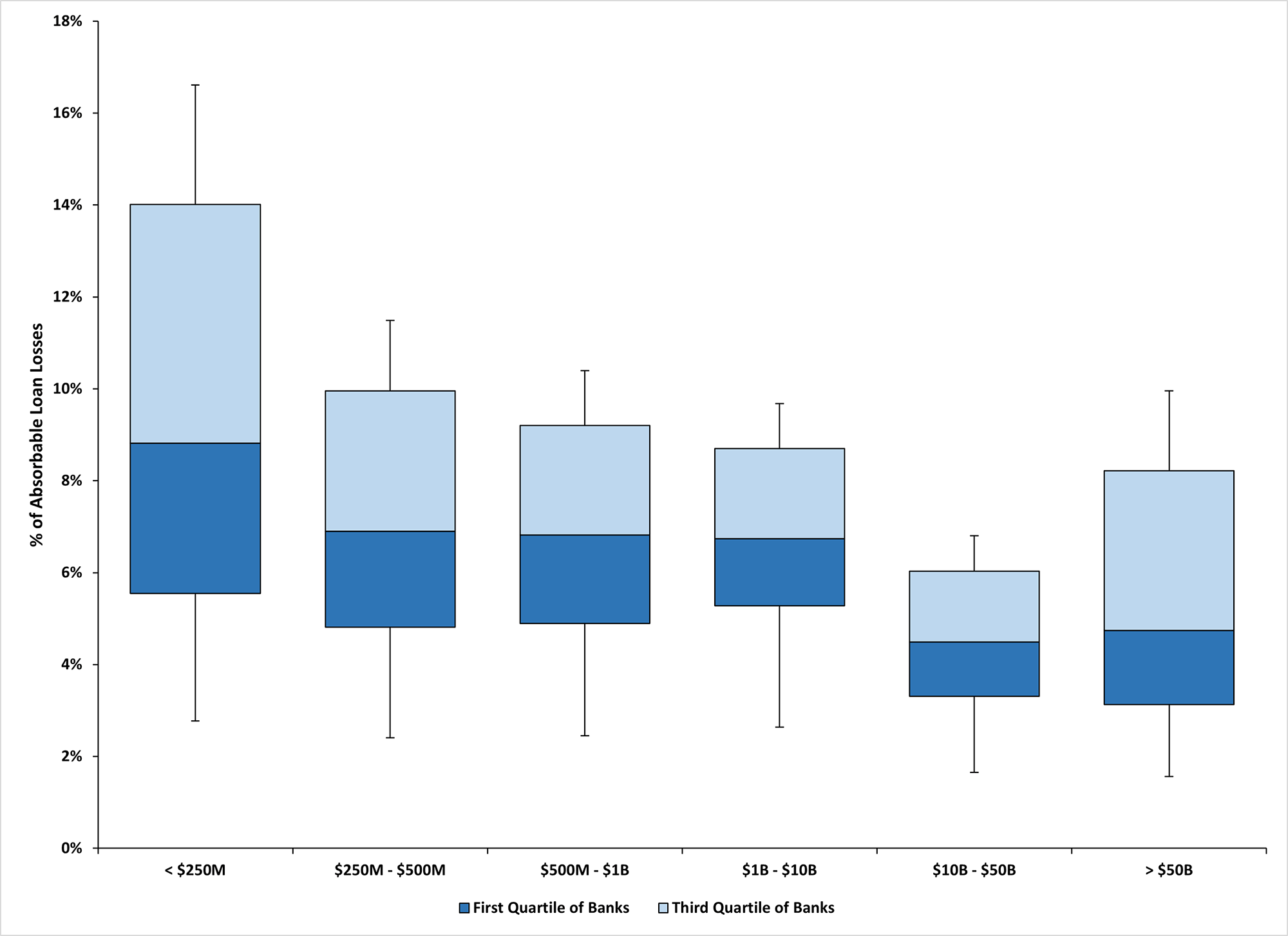
Figure 2: Distribution of Potential, Sustainable Capital Losses Among Various Bank Peer Groups (source: Federal Deposit Insurance Corporation)
Despite benign credit risks and robust levels of capitalization, community banks have remained cautiously optimistic in their long-term accounting. As Figure 3 shows, 72 percent of community banks under $50 billion in assets increased their provision expenses, while another 25 percent maintained their current cadence. In other words, 98 percent of the banking industry at-large has continued to augment provisions in case of further shocks to the economy.
These numbers reflect general sentiments of economic uncertainty that continued to persist late into 2020 as coronavirus cases skyrocketed and the threat of additional lockdowns grew. By maintaining vigilance against unexpected twists in the economic recovery, community banks’ provisions could induce major tailwinds to be realized in 2021 via increased earnings.
In conjunction with modest economic expansion, forecasted to reach as high as 7 percent, and limited formation in nonperforming loans currently averaging at less than 1 percent, these reserves of capital could enable community banks to grow their loan portfolios as credit demands rise throughout the upcoming year.
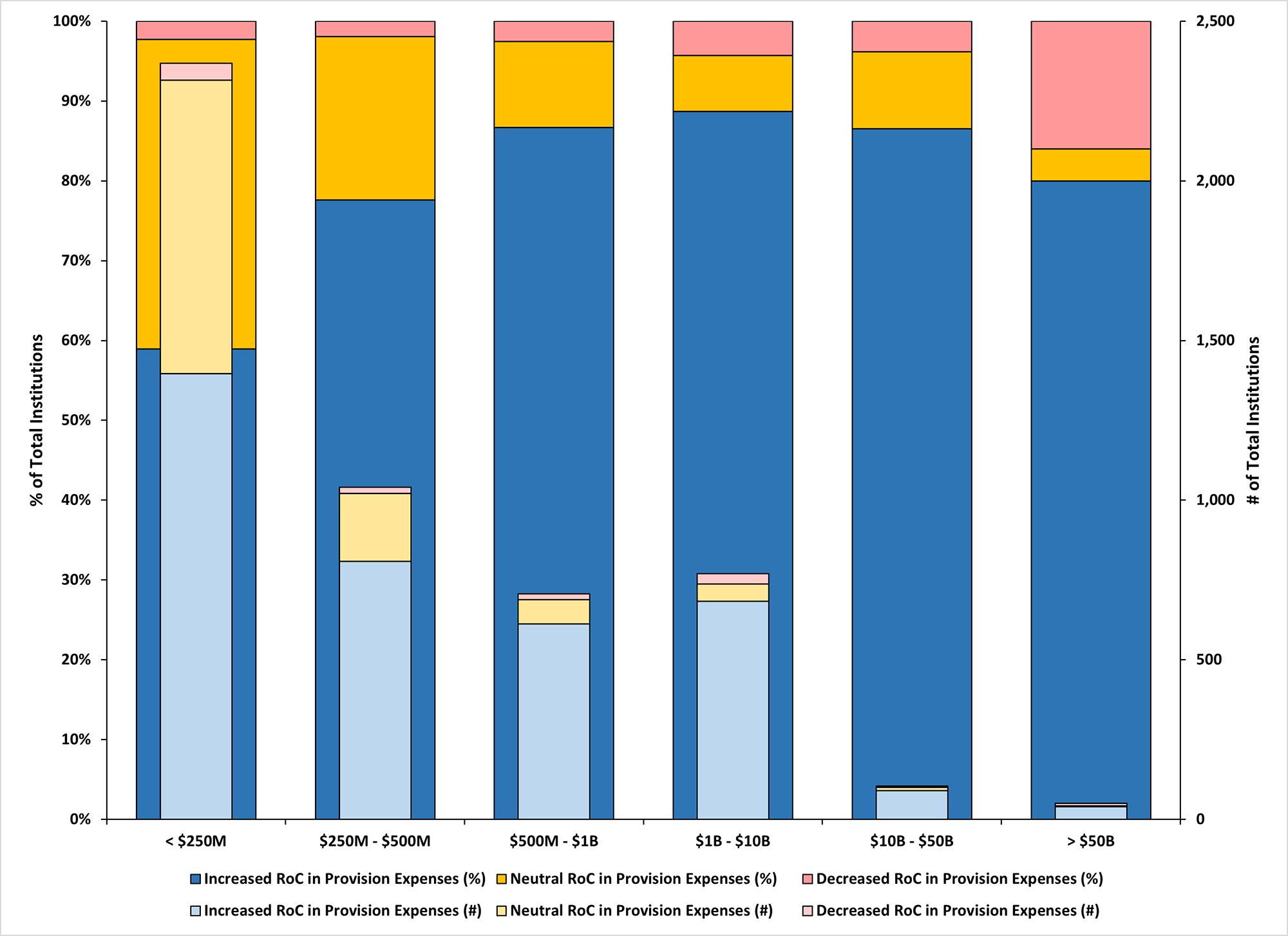
Figure 3: Quarterly Change in Provision Expenses Among Various Bank Peer Groups (source: Federal Deposit Insurance Corporation)
Despite increased provision expenses, community banks were more likely to produce net income growth than large banks, driven by continued surges in both loans and deposits.
Figure 4 examines institutions within various bank peer groups reporting a positive or negative quarterly change in net income. More than half of community banks under $500 million in assets reported growth between the second and third quarter, comprising 82 percent of total institutions reporting such increases and 44 percent of the banking industry at large.
Alongside a cautious reduction in provision expenses, community banks could experience further enhancement in their net income growth over the upcoming year.
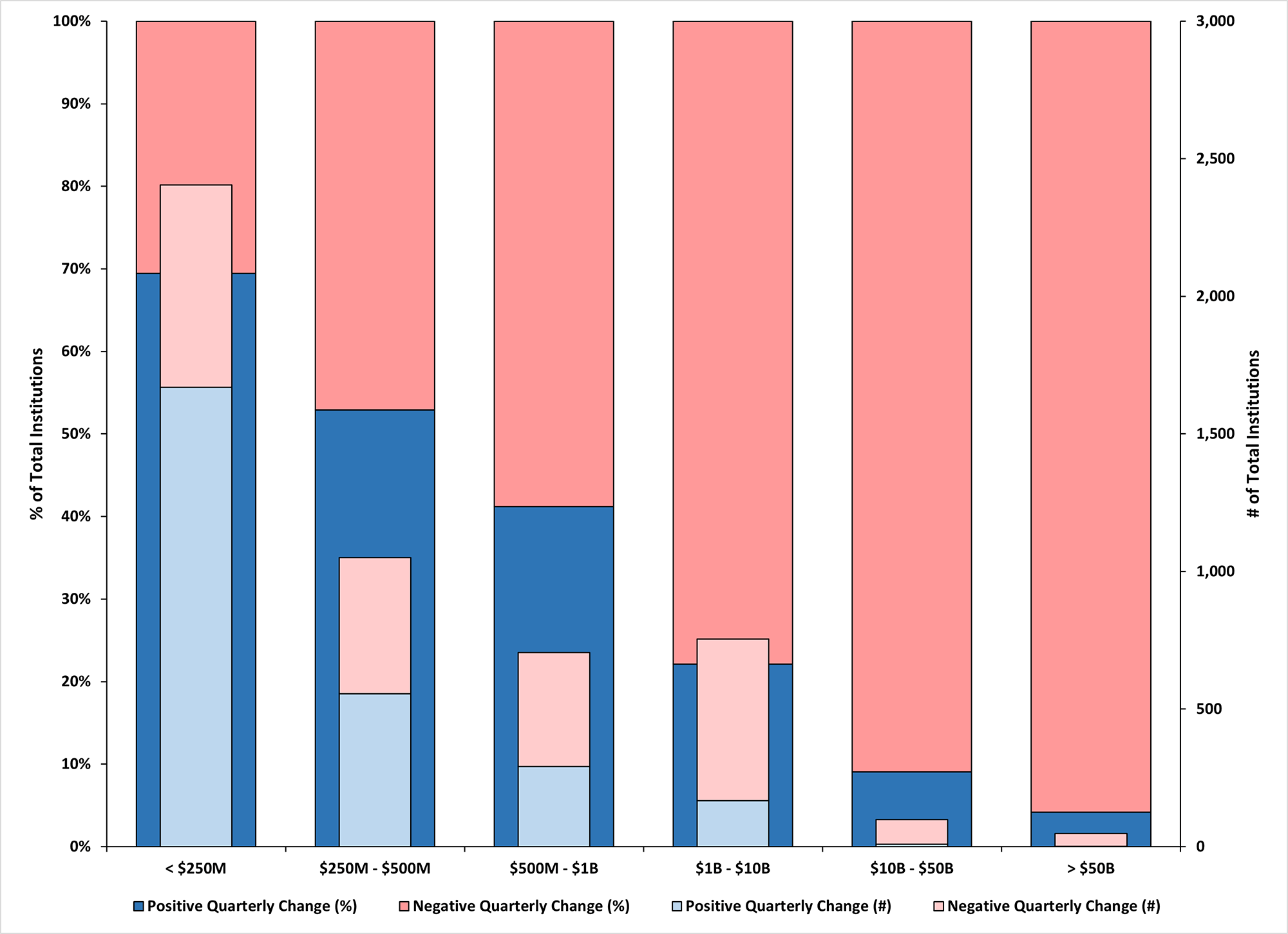
Figure 4: Quarterly Change in Net Income Among Various Bank Peer Groups (source: Federal Deposit Insurance Corporation)
Unlike net income, net interest margins among community banks declined significantly between the second and third quarters, driven by a flattened yield curve, ongoing economic uncertainties, and the low-interest-rate environment.
Figure 5 compares the behavior of average net interest margins among various bank peer groups with changes in the effective federal funds rate. During the initial stages of the coronavirus pandemic, banks over $10 billion in assets saw significant declines in their net interest margins, which then stabilized over the next two quarters.
By contrast, banks under $10 billion in assets experienced more gradual declines in their net interest margins owing to a slowdown in demand for loans and securities, which had previously enabled asset yields to keep pace with funding costs during the first half of 2020.
Unfortunately, these pressures are likely to persist for some time. The Federal Reserve has repeatedly indicated its intention to hold rates between zero and 0.25 until at least 2023, to minimize the economic repercussions of the coronavirus pandemic and attain its long-term 2 percent inflation target.
However, the ongoing recovery from the coronavirus pandemic, likely to accelerate over the coming year, will enable community banks to experience some short-term relief via decreased provision expenses and an increased stabilization in their loan portfolios.
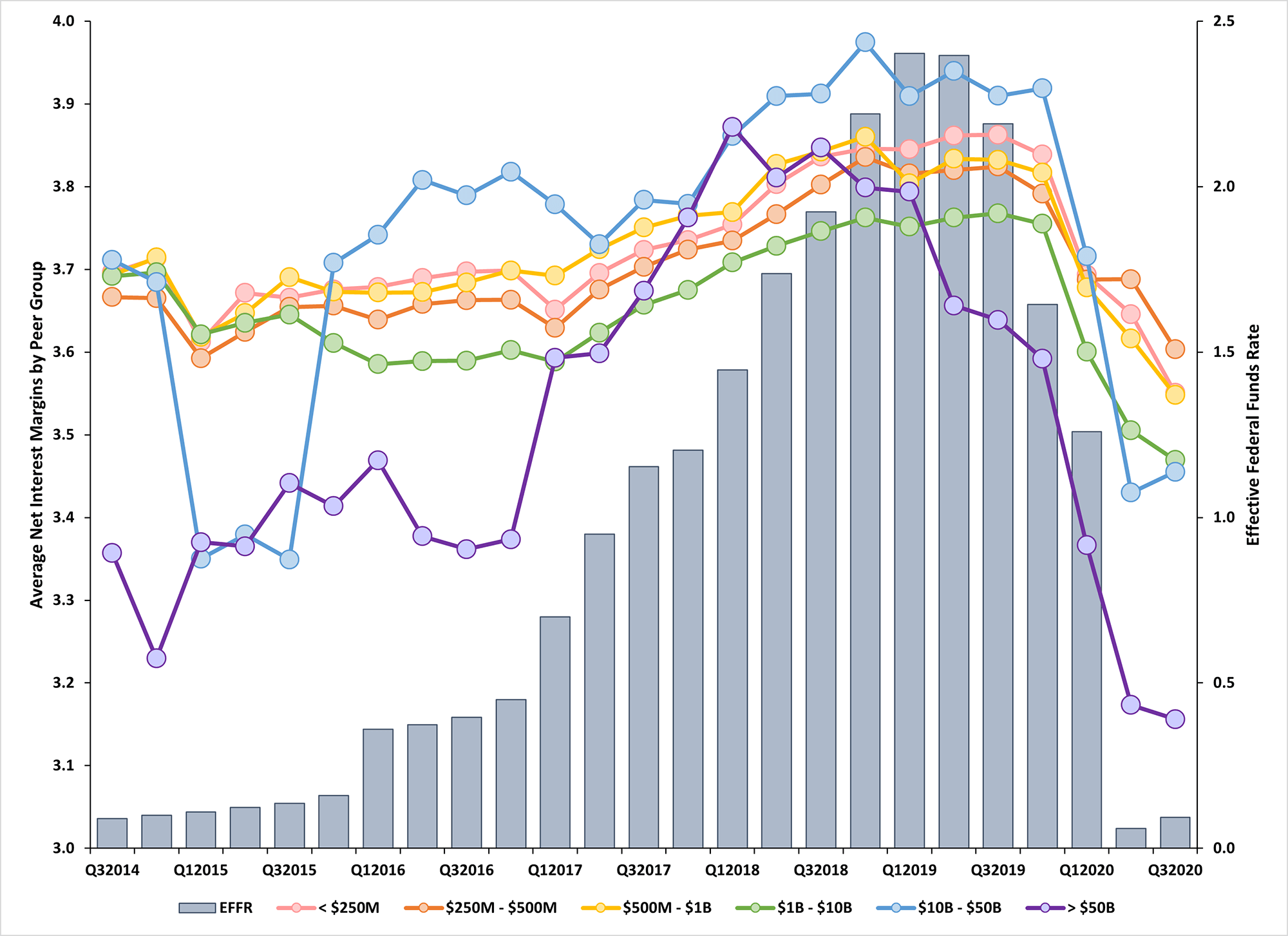
Figure 5: Impact of Interest Rate Changes on Net Interest Margins for the Banking Industry (source: Federal Reserve Board/Federal Deposit Insurance Corporation)
We may have finally reached 2021, but our baggage from 2020 remains an ongoing burden. As our nation looks to heal from a global pandemic and a recession of endemic proportions, community banks stand ready to play their part in our recovery by providing a renewed sense of economic security for local communities.
Despite historically challenging economic conditions, community banks maintained strong loan portfolios with limited credit risks, sported robust capital, cautiously provisioned for potential aftershocks, and acclimatized well to constricted profit margins. While certain challenges remain in the near term—from increased nonperforming loans to protracted local-level downturns—community banks have exhibited the financial prowess to adeptly tackle these issues as they remain pillars of financial stability for their customers.
Community banks’ performance in the third quarter of 2020 and over the past year may be one for the books, but, in reality, it is just another accolade in a decades-long roster of accomplishments, surviving through the worst of conditions, hand-in-hand with the communities they support, to thrive on the other side.
Noah Yosif is ICBA assistant vice president of policy research and economist.